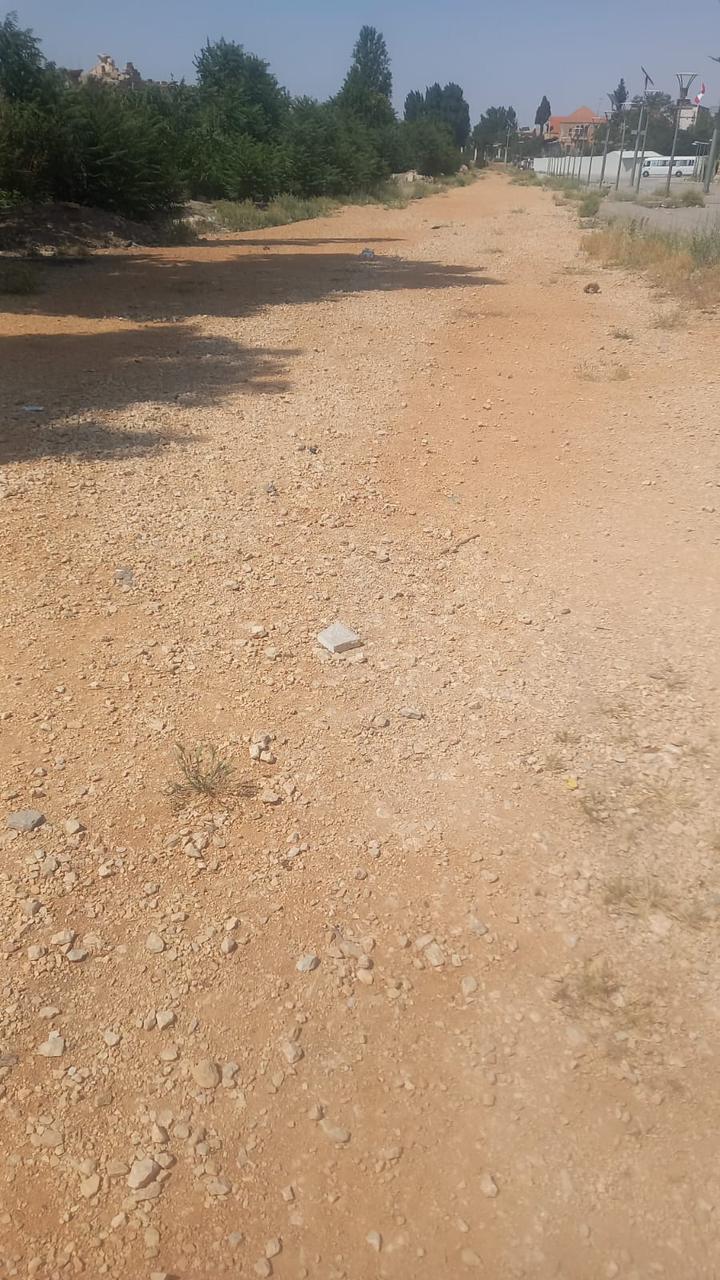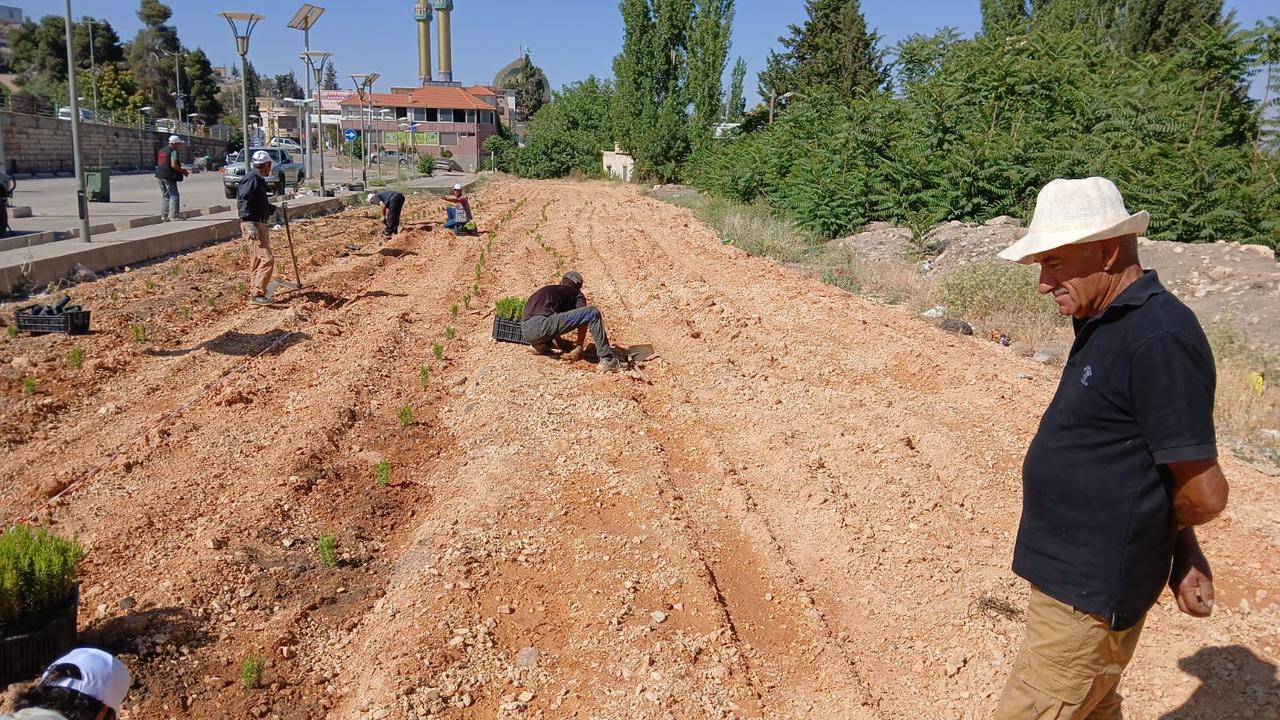In the heart of Lebanon’s ancient city of Baalbek, a space once marked by the scars of war has been transformed into a vibrant green haven. The area surrounding the iconic Baalbek Castle, heavily damaged during recent airstrikes, has seen a remarkable revival thanks to the dedication and vision of the Green Cedar Lebanon association.
Despite challenging conditions and logistical hurdles, Green Cedar Lebanon fulfilled its commitment to rehabilitate this historic site. In close coordination with the Ministry of Culture, the Directorate General of Antiquities, the Governor of Baalbek-Hermel Bashir Khodr, and the Mayor of Baalbek Ahmad Tufeili, the association converted the adjacent parking lot into a sprawling garden that now breathes life and beauty into the cultural landmark.
Initially, the association had planned to plant mature pine trees. However, due to concerns raised by the Directorate General of Antiquities about potential underground mosaic relics, the plan was revised. Instead, over 4,000 square meters were cultivated with rosemary plants—an aromatic, resilient alternative that respects the site’s archaeological significance.
This green initiative stemmed from the “Baalbek Heritage Fund,” launched six months ago under the patronage of Governor Bashir Khodr and in collaboration with the ESA Business School. The fund gained momentum through an art exhibition held at ESA in Beirut, featuring works inspired by Baalbek Castle. Spearheaded by former Minister of Information Ziad Makary, the exhibition’s proceeds were dedicated to restoring the war-affected area.

Pascale Choueiri Saad, President of Green Cedar Lebanon, expressed profound pride in the project’s success: “We believed that nature could help heal not just the land, but the spirit of Baalbek. This initiative was our way of honoring the resilience of our people and the cultural richness of our heritage. Green spaces are symbols of hope, and we’re grateful to every partner who helped make this vision a reality.”
As the rosemary blooms under the Lebanese sun, the revitalized landscape of Baalbek Castle stands as a testament to community, collaboration, and the enduring power of restoration.
About Green Cedar Lebanon
Green Cedar Lebanon is dedicated to preserving and promoting Lebanon’s natural and cultural heritage through innovative initiatives that foster sustainability, resilience, and community engagement.
Outstanding Universal Value
The complex of temples at Baalbek is located at the foot of the south-west slope of Anti-Lebanon, bordering the fertile plain of the Bekaa at an altitude of 1150 m. The city of Baalbek reached its apogee during Roman times. Its colossal constructions built over a period of more than two centuries, make it one of the most famous sanctuaries of the Roman world and a model of Imperial Roman architecture. Pilgrims thronged to the sanctuary to venerate the three deities, known under the name of the Romanized Triad of Heliopolis, an essentially Phoenician cult (Jupiter, Venus and Mercury).
The importance of this amalgam of ruins of the Greco-Roman period with even more ancient vestiges of Phoenician tradition, are based on its outstanding artistic and architectural value. The acropolis of Baalbek comprises several temples. The Roman construction was built on top of earlier ruins which were formed into a raised plaza, formed of twenty-four monoliths, the largest weighing over 800 tons.


